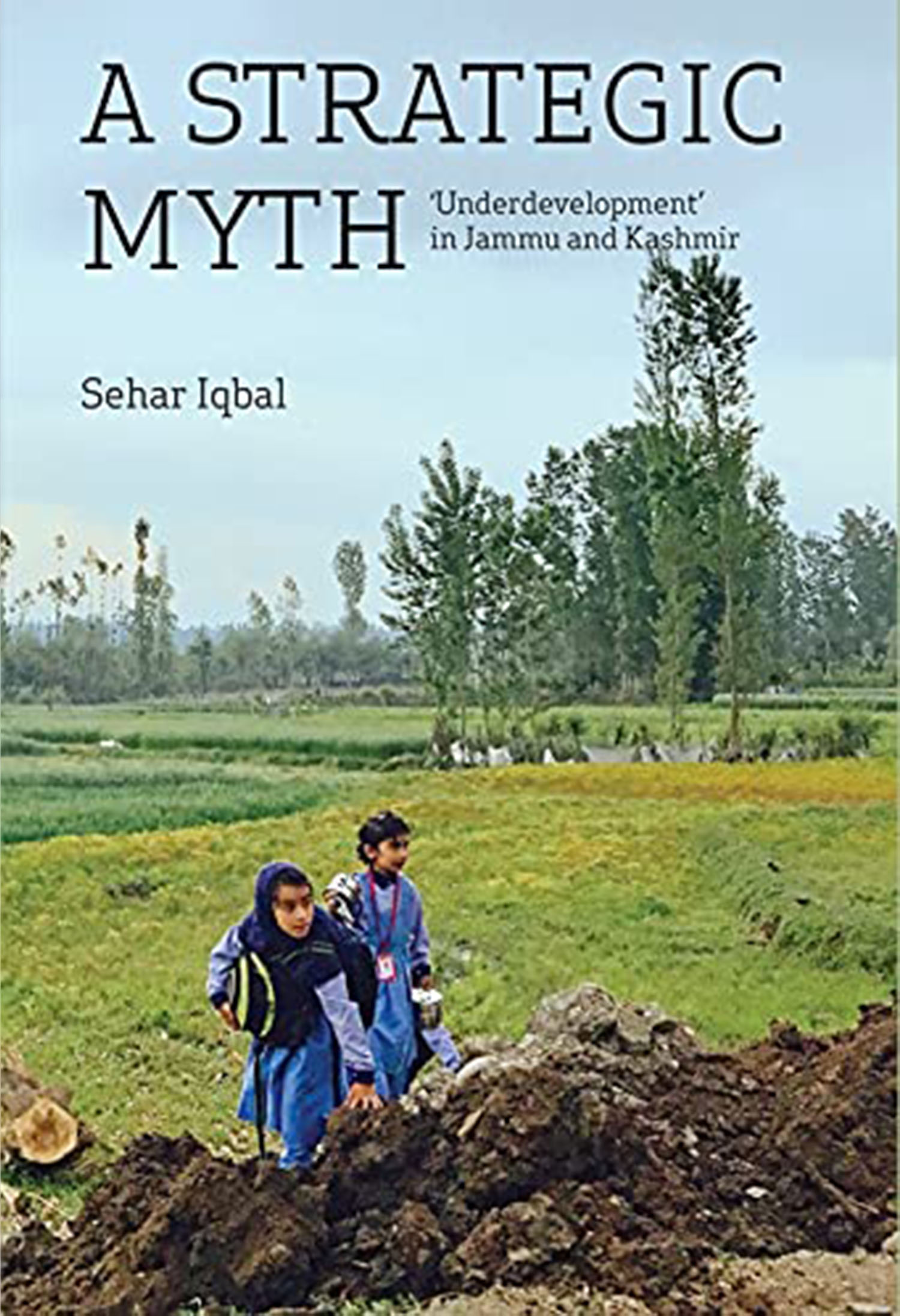One of the arguments put forward for the abrogation of the special status of Jammu and Kashmir (J&K) under Article 370 in August 2019 by the Central Government was that it hampered development in the erstwhile State. This ‘underdevelopment’ narrative was stressed vehemently by the ruling party at the centre at that time. Sehar Iqbal’s book uncovers the myths underlying this ‘underdevelopment’ narrative in J&K. She argues that it was the special status of J&K that led to its spectacular improvements on some of the key indicators of the Human Development Index (HDI). The book starts with the history of development in J&K and argues that Dogra rulers made no efforts to improve the economic condition of the State or its people, contrary to a few other Princely States like Travancore and Cochin. Health care and education remained almost non-existent during Dogra rule, and both were the privileges of a selected few. Since J&K was ethnically and linguistically diverse, there was absence of a common identity which could have resulted in a more forceful demand for rights by the subjects. Nevertheless, the impoverished masses of all backgrounds came under the banner of the Jammu and Kashmir National Conference (JKNC) which had strong socialist ideals. The whole developmental landscape of J&K changed with the birth and implementation of ‘Naya Kashmir,’ a socialist document, by JKNC. The document became the guiding principle of the developmental process for decades to come. Some of the revolutionary policy implementations (part of Naya Kashmir) in J&K after 1947 were land redistribution and debt conciliation which were done to erase vestiges of the oppressive feudal system. Most of the Indian States had failed to implement land reforms (with a few exceptions); however, in J&K, Article 370 shielded the local legislative assembly from the legislative and judicial reach of the Union, which resulted in the successful implementation of land reforms without compensation to landlords.

Challenging Misperceptions
Waqas Farooq Kuttay
A STRATEGIC MYTH: ’UNDERDEVELOPMENT’ IN JAMMU AND KASHMIR by Sehar Iqbal Tulika Books, New Delhi, 2022, 190 pp., 595.00
April 2022, volume 46, No 4
